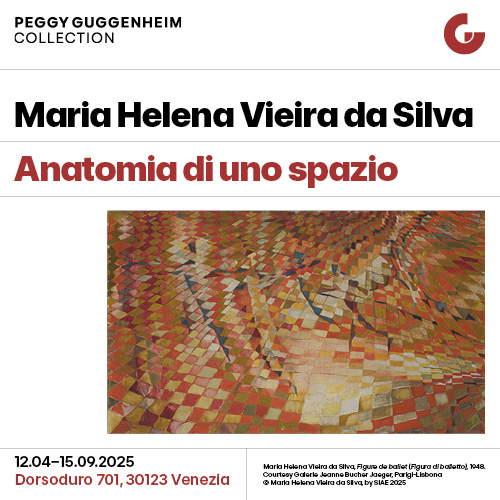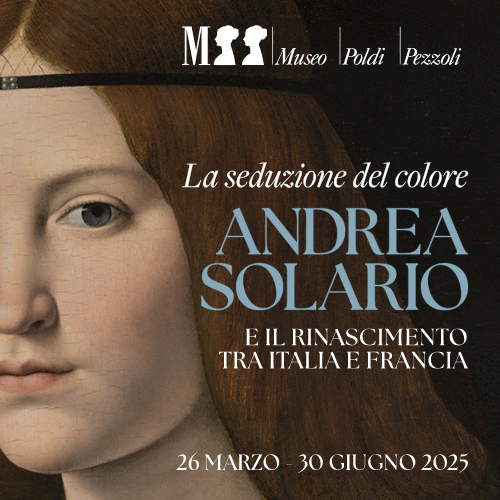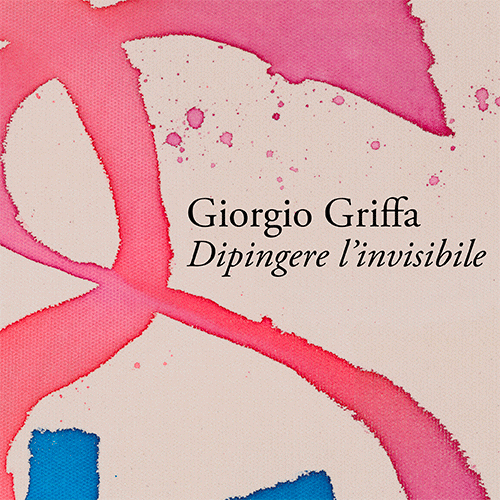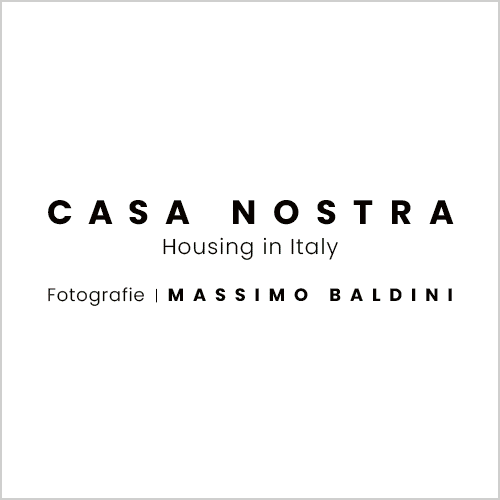"Here Are New Discoveries on Guido Reni and Bolognese Painting." Interview with scholar Giulia Iseppi
The recent exhibition on Guido Reni at the Pinacoteca Nazionale di Bologna(La favola di Atalanta. Guido Reni e i poeti, which ended last Feb. 16) introduced important new information on the Bolognese artist and, in general, on the artistic environment of early 17th-century Bologna. The discoveries are largely thanks to scholar Giulia Iseppi (1985), who curated the exhibition together with Raffaella Morselli, a scholar of the seventeenth century, and Maria Luisa Pacelli, director of the Pinacoteca Nazionale di Bologna until November 2024. Noemi Capoccia interviewed Giulia Iseppi to elaborate on her findings. Iseppi received her PhD in Modern Art History from the University of Rome La Sapienza in 2020 and is currently a research fellow at the University of Tuscia (Viterbo). After graduating and specializing in Bologna in 2012, she held the position of cultrice della materia in Museology and Art Literature at the Department of Art History at La Sapienza University from 2016 to 2021. She was a fellow at the Hertziana Library in Rome from 2014 to 2017 and now works as an affiliated scientist. Between 2021 and 2023, she was awarded fellowships and research grants at the University of Teramo and the 1563 Foundation in Turin. In addition, in 2023, she was awarded the national scientific qualification as a full Professor II for History of Modern Art. His studies have focused on Bolognese painting between the seventeenth and eighteenth centuries, delving in particular into the dynamics of workshops and the history of collecting. He is a member of numerous national and international research groups and, since 2021, has taught at the Center for the Study of the Work of Art (DBC Ravenna Campus). Since 2024, he has also been a member of the PRIN PNRR Farnese Fasti (Unitus).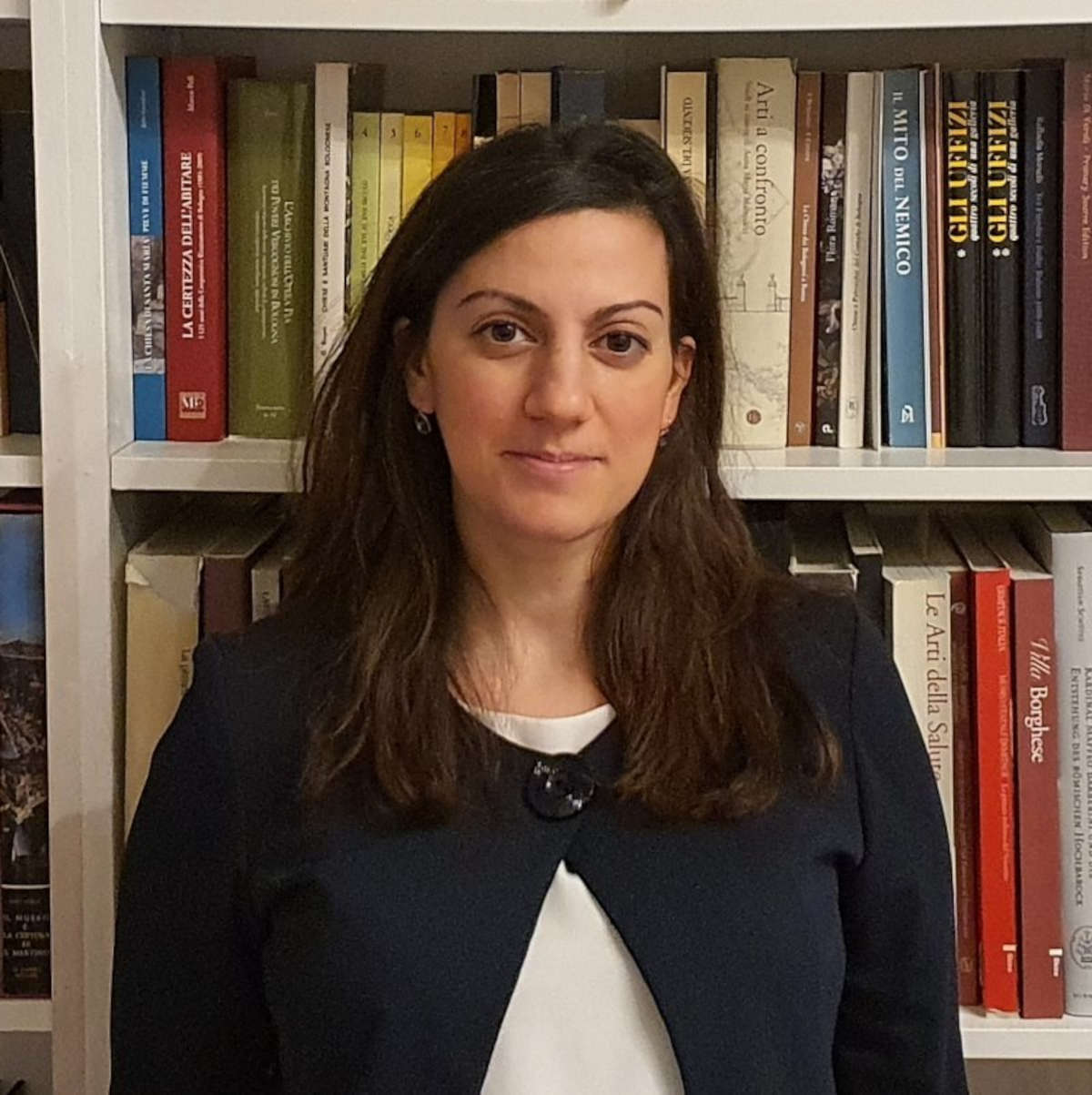
NC. How did the discovery of Andrea Barbazza’s Manuscript Poems come about?
GI. In a way, he was the one who found me. It happened as it often does in archival research, while I was chasing something else. The U.S. archives are in many cases, still virgin reservoirs for documentary excavation: such is the case with the Harry Ransom Center, connected to Austin University: I immediately noticed the presence of a fund of documents from suppressed Bolognese archives. I could not ignore it, and upon examining it, I came across the manuscript. What immediately caught my attention was the name of Barbazza, an author of whom very few images exist. My curiosity increased in front of the binder that held a fully bound manuscript from the Ghiselli archive in Bologna, which was known to collect Bolognese memoirs and had probably acquired the manuscript from the Gelati library and then sold it to the Fantuzzi archive, run by the family of the same name until the late eighteenth or, at most, nineteenth century. Later, like many other documents in that archive, it too was auctioned off, ending up in a 1968 sale organized by a Bologna bookstore. The Ransom Center purchased that lot without having full knowledge of the value of the documents it contained. And that is how the manuscript ended up in Texas. The reason I found it depends on the research path I had taken. Initially, I had searched for documents on Barbazza in the archives of Bologna and Ferrara, but his family’s archive had been completely destroyed; some of it burned, some of it sold. Finding traces of his activity seemed impossible. At that point, I changed my approach and instead of searching the family archive, I decided to explore the archives of the institutions with which Barbazza had collaborated, particularly the academies, which are also the focus of my studies. Following the records of the Ice Cream Academy, I tried to figure out where similar materials had ended up. The path then led me to the Ghiselli archive, then to the Fantuzzi archive, and finally to Texas.
Through the manuscript, a new image of the Bolognese poet as a collector is discovered. How does the finding change the perception of collecting in the Baroque era?
This is a very important question and one that requires a rather broad answer. First, the manuscript allows for the first time the reconstruction of a single unpublished personality, a poet-collector like Barbazza, who was already guessed from the few known data available to us to be at the center of a dense network of relationships and exchanges. Active in Bologna, but connected in Mantua, Rome and Naples, studies on Barbazza also provide much data for updating research on cultural and geographical poles scattered along the Peninsula. Moreover, I believe it can greatly broaden the conceptual spectrum of Baroque collecting. After years of inescapable studies on traditional collecting linked to those with high disposable income, the nobles and high prelates, new figures of collectors have emerged, members of the upper middle class, in addition to their social position, held scholarly roles within academic contexts, the university, and the courts, and developed interests that are reflected in their private picture galleries. This type of collecting, linked to the literati, is an area that has been dissected in relatively recent years and has begun to emerge in different geographical realities, not only in Bologna, but also in Rome, Naples and Milan, often linked to the networks with painters created by Giovan Battista Marino, the substance of which Giorgio Fulco already grasped. For Bologna, an investigation into the collecting orientation of poets was an almost unexplored strand, for lack of interdisciplinary connections, despite the brilliant insights of Ezio Raimondi. On the Emilian side, a systematic investigation of this particular declination of collecting related to literati is lacking more than in other cultural contexts. A first step is what Raffaella Morselli and I have tried to initiate through this volume and exhibition.
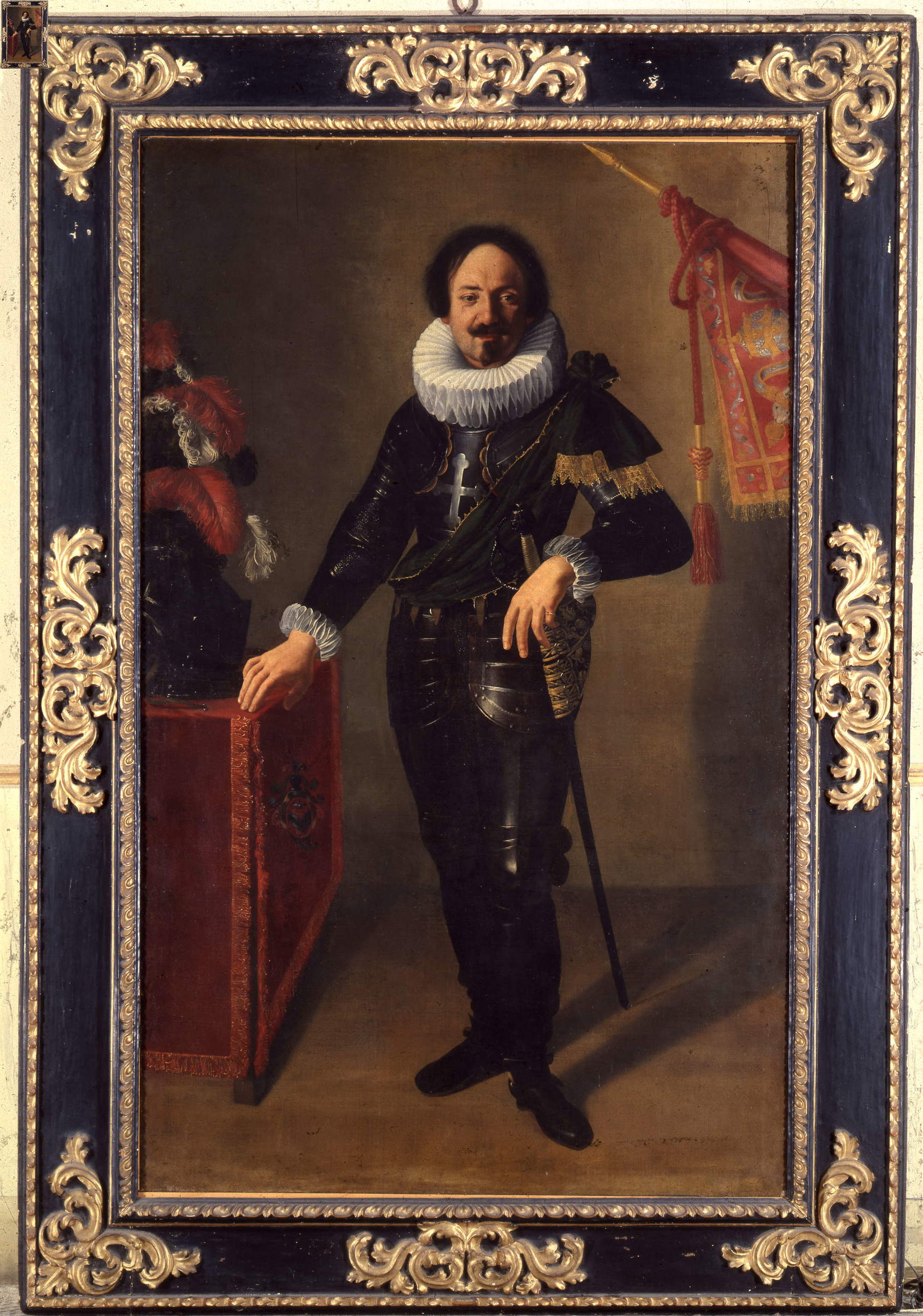
What is the connection between Guido Reni and the Bolognese poets of his time?
The link between Guido Reni and the poets of his time is characterized by many nuances, the same ones that reflect his multifaceted personality. Reni was an outsider, hardly comparable to the other Bolognese painters of his time, both because of his character, shy, not at all pandering and solitary, and because of his painting style and the economic value of his works. This uniqueness was well understood by his contemporaries even during his lifetime, and the literati of the time often sought a direct relationship with him, knowing that such a connection could bring them light and prestige. The first tool used by poets to approach Reni was written praise: a means of mutual exchange. On the one hand, the painter benefited from an erudite officiating of his art and figure; on the other, by linking his name to the city’s most famous artist, the poet gained visibility, credibility with the powerful, and an accreditation in the cultural world. In addition to this literary exchange, there was also a more personal level. Guido Reni knew how to establish deep and diverse relationships with poets with greater frequency and systematicity than other painters. From figures such as Cesare Rinaldi and Andrea Barbazza, Reni asked for friendship, service, intermediation with patrons, and a role as agent for the sale of his works. Some of these literati had access to his house. Cesare Rinaldi, for example, transcribed his letters in fine copy, since Reni claimed to have very bad handwriting. All these details, known thanks to Malvasia’s biography and new documents, make us understand the degree of confidence and intimacy Reni established with poets; professional and personal relationships closely overlapped.
Has the relationship between painting and literature been perhaps too neglected in art history studies? What are the advantages of an interdisciplinary approach?
It is a relationship that has long been underestimated in modern art history, mainly because of a mutual lack of intertwining between the two disciplines. Art historians have often regarded literature, particularly poetic literature, as a less fertile source than traditional archival documents such as inventories, account books, and biographies. It was believed that literary texts could return little factual information about works and artistic contexts. In reality, the change in perspective revealed a documentary heritage of considerable interest. Already in the 1970s and 1980s, scholars such as Giorgio Fulco or Ezio Raimondi had sensed the potential of this approach, studying the collecting of Giovan Battista Marino. Nevertheless, these attempts, though fundamental, had remained isolated episodes. Recently, this link between art history and literary studies has been developing more systematically. One of the main advantages of this integration is that Baroque ecphrastic poetry is a terrain much tilled by Italianists. Numerous studies have produced an enormous amount of data, collections, and documents that, however, despite their availability, were poorly cross-referenced with art history sources. This means that there is a pool of knowledge partly widely accessible, partly yet to be explored by manuscript but whose path has been mapped out, to be reworked through comparison with pictorial data. One of the first steps, in addition to the discovery of new documents as in the case of Andrea Barbazza, is precisely the intersection of disciplines that until now have had little dialogue.
In your opinion, what new research perspectives can emerge in the field of Bolognese collecting and patronage between the seventeenth and eighteenth centuries?
The approach developed in the study of the relationship between Guido Reni and the literati of his time, the result of research conducted together with Raffaella Morselli, outlines an innovative model of investigation that can be applied to many other painters of the modern period. Guido Reni constitutes a perhaps unique case because of the depth of his ties with seventeenth-century literati and the breadth of literary material available, but the method of analysis used can be extended to other artists of the seventeenth and eighteenth centuries. The perspective opens up new possibilities for study, keeping in mind, however, that the painter’s literary production and social role changed in the transition between the two centuries. If in the early seventeenth century the relationship between painting and literature is structured in precise and selective dynamics, already by the end of the century and throughout the next there is an exponential expansion of the relationship between painters and poets, due to the changing cultural coordinates, with a more widespread diffusion of literary production in the meshes of painters’ lives. In any case, the model of analysis remains valid for understanding the relationship between artists and literati in the Baroque period. Already today, the same approach is being applied to numerous other painters and in other geographical and cultural contexts, revealing new connections and unpublished information. From an art history perspective, the methodology is proving to be extremely fruitful. The hope is that it can tighten this interrelationship more and longer.
Let’s move on to talk about the exhibition. How did the idea of the exhibition The Fable of Atalanta. Guido Reni and the Poets on display (until February 16, 2025) at the Pinacoteca Nazionale in Bologna?
The exhibition was born from the intertwining of two separate but closely related events. In 2022 I published, four hands with Beatrice Tomei, Humanist of Canvases. Guido Reni and the Poets, a volume that for the first time systematically explored the relationship between Guido Reni and the poetry contemporary to him. The book has two souls, thanks to a dual approach to research coming from my and my colleague’s different approaches. The book aroused interest, and Maria Luisa Pacelli, then director of the Pinacoteca Nazionale, decided to draw from it for an exhibition exploring these links. The second key event was the discovery of a third autograph version of Guido Reni’sAtalanta e Ippomene in a private collection. The discovery led to a reexamination of the two already known versions, respectively housed in the Museo del Prado (Madrid) and the Museo Nazionale di Capodimonte (Naples), because it put before the fait accompli that this is no longer a pair of paintings, but a series. It was a reinterpretation that required a new formulation of context, a context that with Raffaella Morselli we therefore identified in the contemporary academic environment. The critical link between all these elements then gave motivation for the Bologna exhibition.
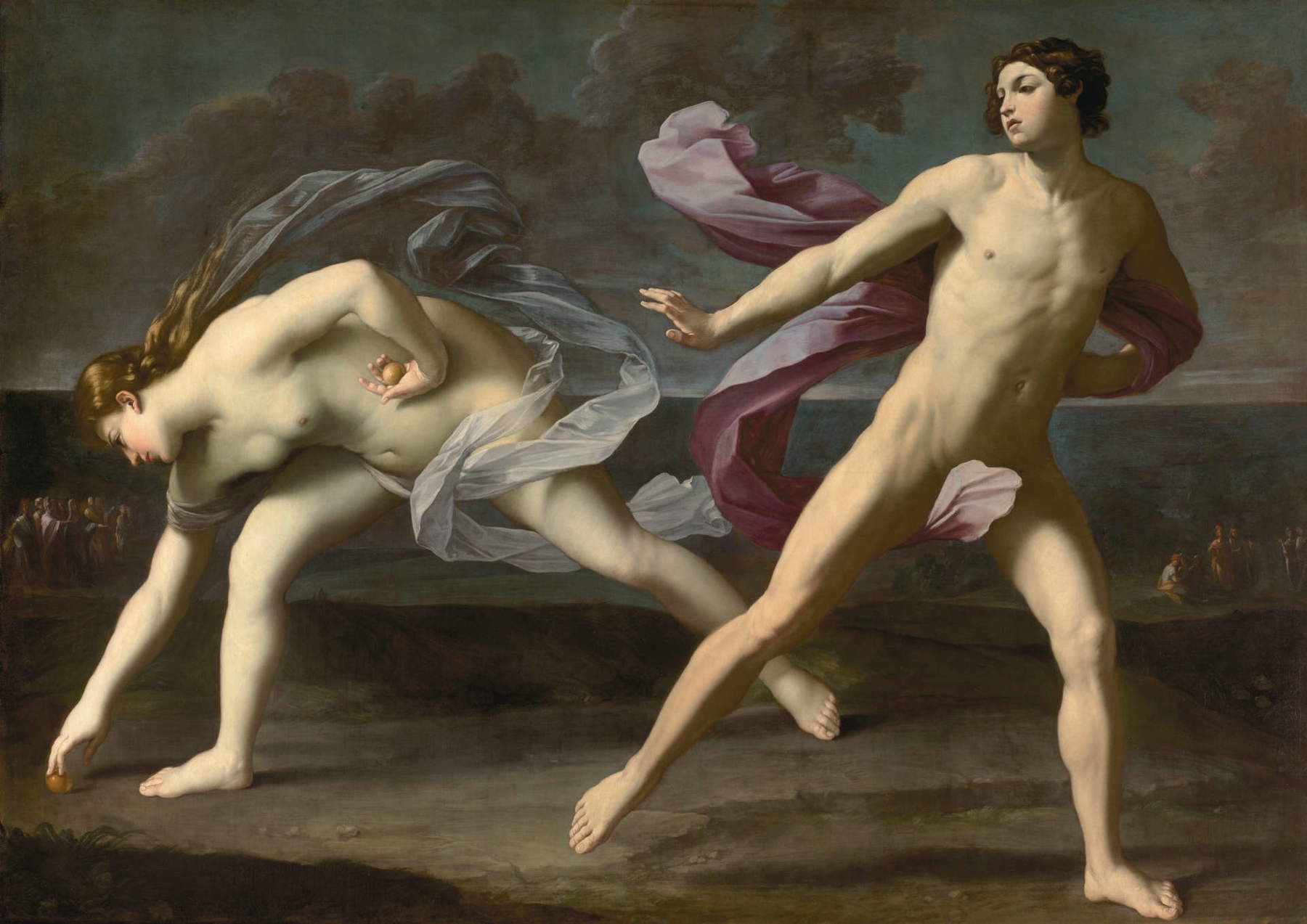
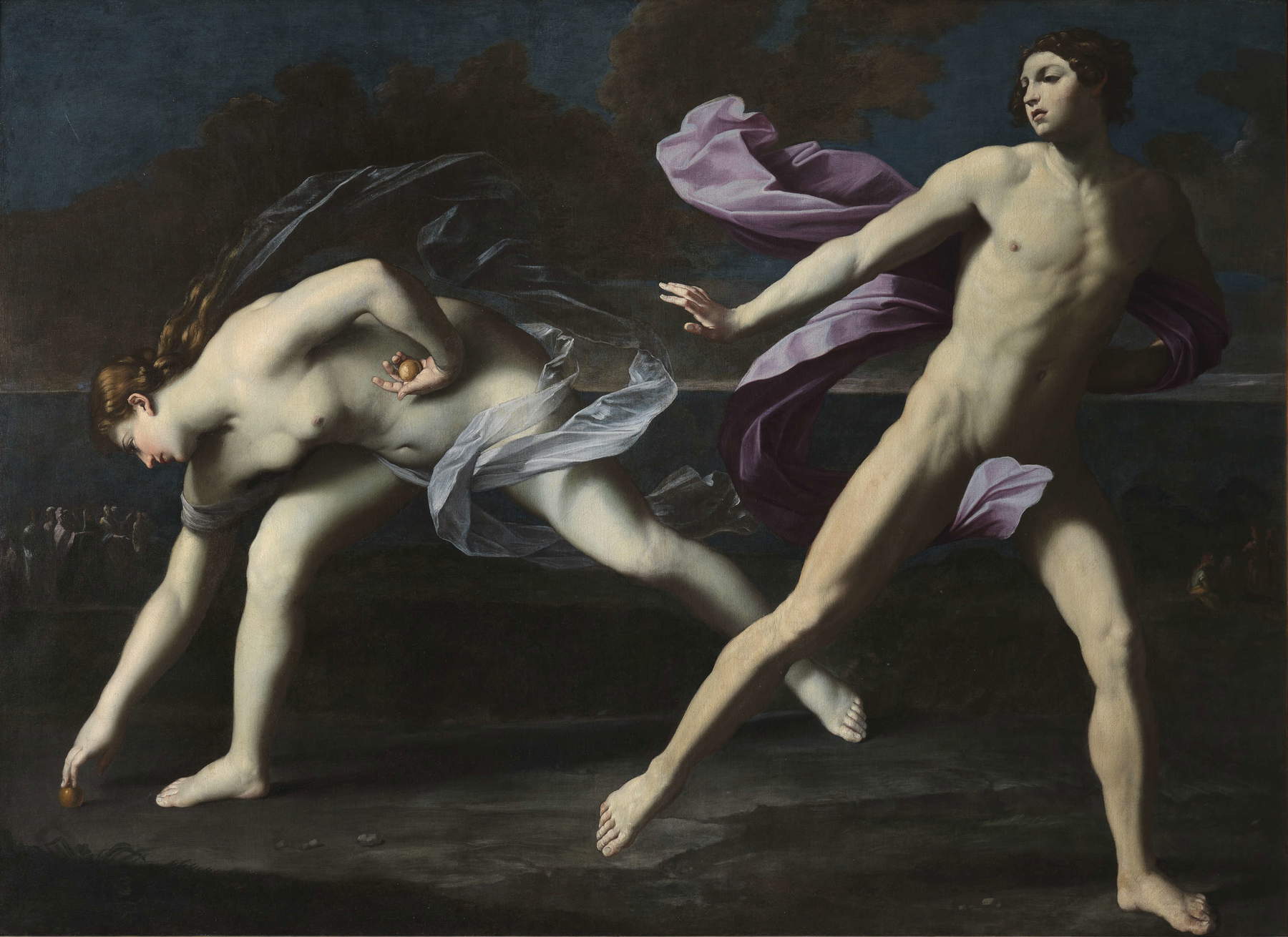
How does the exhibition contribute to a new reading of Guido Reni’s work and his relationship with mythology?
The twentieth-century cavalcade that reevaluated Guido had great merits, first and foremost pulling (literally) dusty paintings out of churches and warehouses and returning them to the general public. For a long time, however, people struggled to shake the notion that Reni was an artist of exceptional technical skill, without wondering from what kind of erudition some of his most ingenious and innovative inventions came. An unparalleled brushwork, with an erudite depth that, however, does not come to influence his production. A belief that could not be unfounded. Instead, a thorough study of the sources, the history of his works and inventions shows how Reni was an intellectual, deeply connected to the academic and literary world. He moved with agility among the intellectual elites of the time; some of his works, often those without a history, betray a study of the poetic datum at a level that was anything but superficial, as a mere reservoir of iconography. His distinguishing trait, perhaps his real advantage, was that he never belonged exclusively to an academic or literary circle, but orbited around all of them, participating in and drawing inspiration from them without ever binding himself to a single school of thought. His fluid position thus allowed him to forge relationships with members of different academies between Bologna and Rome, at the same time influencing and being influenced by them, and with scholars entering and leaving the courts. An example of the exchange is precisely the series ofAtalanta and Hippomenes. Raffaella Morselli argued convincingly that the invention should be traced to very high-profile patrons. The exhibition thus revealed Reni as the hub of a sprawling cultural network, an active player in the literary machine of the seventeenth century, who was both a promoter and an integral part of it. His atelier, besides being a place of artistic production, was a center of cultural elaboration and exchange, where literati found direct inspiration from his works.
What was the importance of bringing together the two versions of Reni’sAtalanta and Ippomene, from the Prado Museum and the Capodimonte Museum, in a single exhibition?
The exhibition was an incredible opportunity for the public: the two versions ofAtalanta and Ippomene had not been brought together in Italy for more than fifty years, that is, since the historic monographic exhibition on Guido Reni in 1988, curated by Andrea Emiliani at the Pinacoteca Nazionale in Bologna. That exhibition, fundamental for studies on the painter, crossed the Atlantic and was also hosted in the United States, in Los Angeles and Fort Worth, Texas. The possibility of reviewing the works together opened up new perspectives for study, and the direct comparison of the two versions allowed Raffaella Morselli and me to delve into the chronological and contextual aspects, to try to find a unity of time, place and space for the two specimens. Despite some formal differences between the two paintings, our research suggests that they were made in a very narrow time frame, probably between 1622 and 1623.
What are the main stylistic differences between the two versions of Guido Reni’s Atalanta and Ippomene?
Already Pepper realized that the Madrid version, although immediately considered autograph, was later downgraded to a workshop work due to later repainting until the 1970s, when cleaning brought out the quality of the painting. That painting, recently restored to a dazzling state, has seventeenth-century additions after Guido’s death: it measures a few centimeters larger than the Neapolitan one, on the right it contains two more small figures decorating the landscape in the background, and on the lower and left margin there is an actual addition of fabric, most likely applied to elongate the ground and landscape so as to give more depth and centrality to the two figures in the foreground. The Neapolitan version is imbued with a much more insistent chromatic and chiaroscuro impasto than the Madrid painting, which has led some critics, headed by Cavalli and Gnudi in 1954, to think that it predates the Spanish painting, which is closer to Roman years in which Guido would have reflected on the Caravaggesque originals.
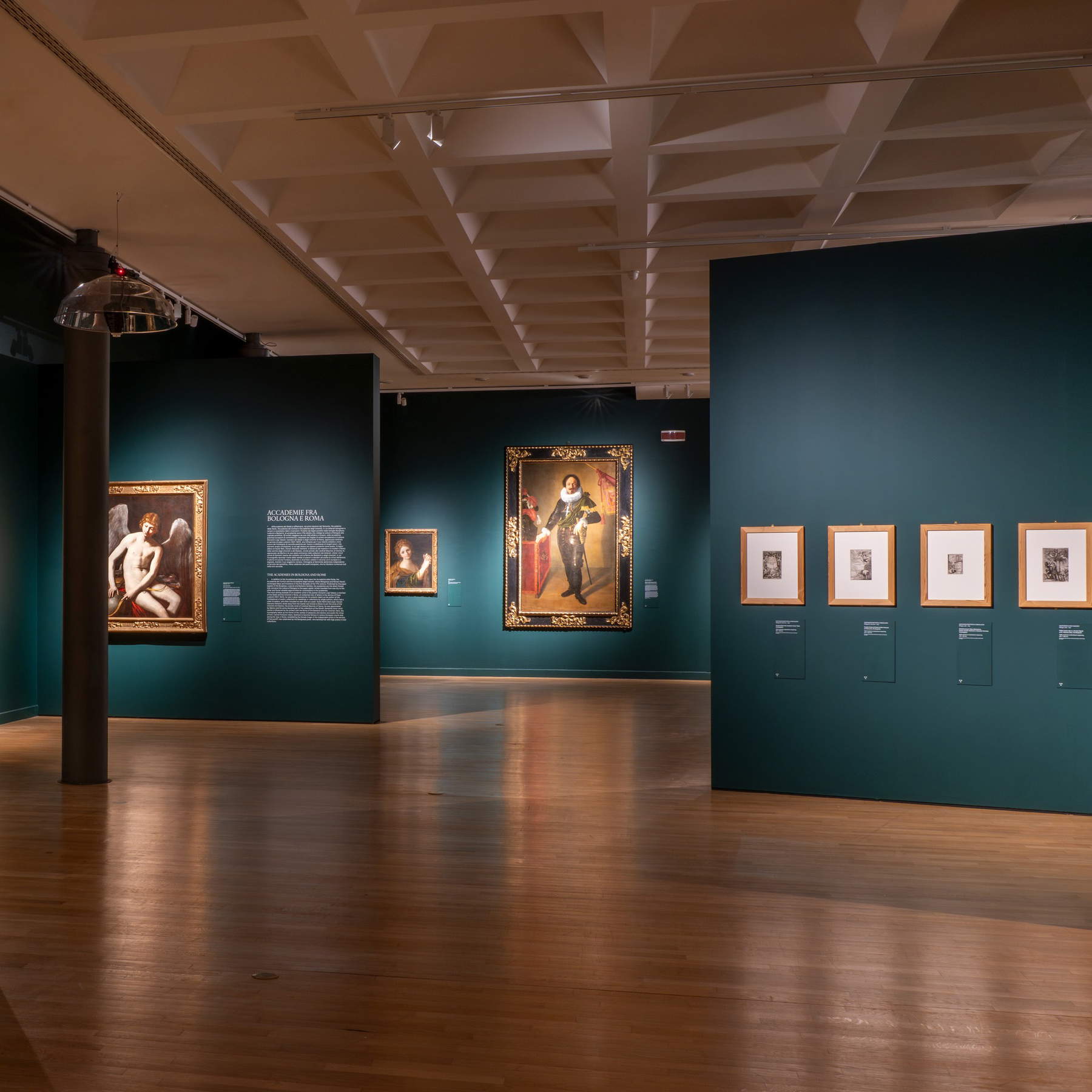
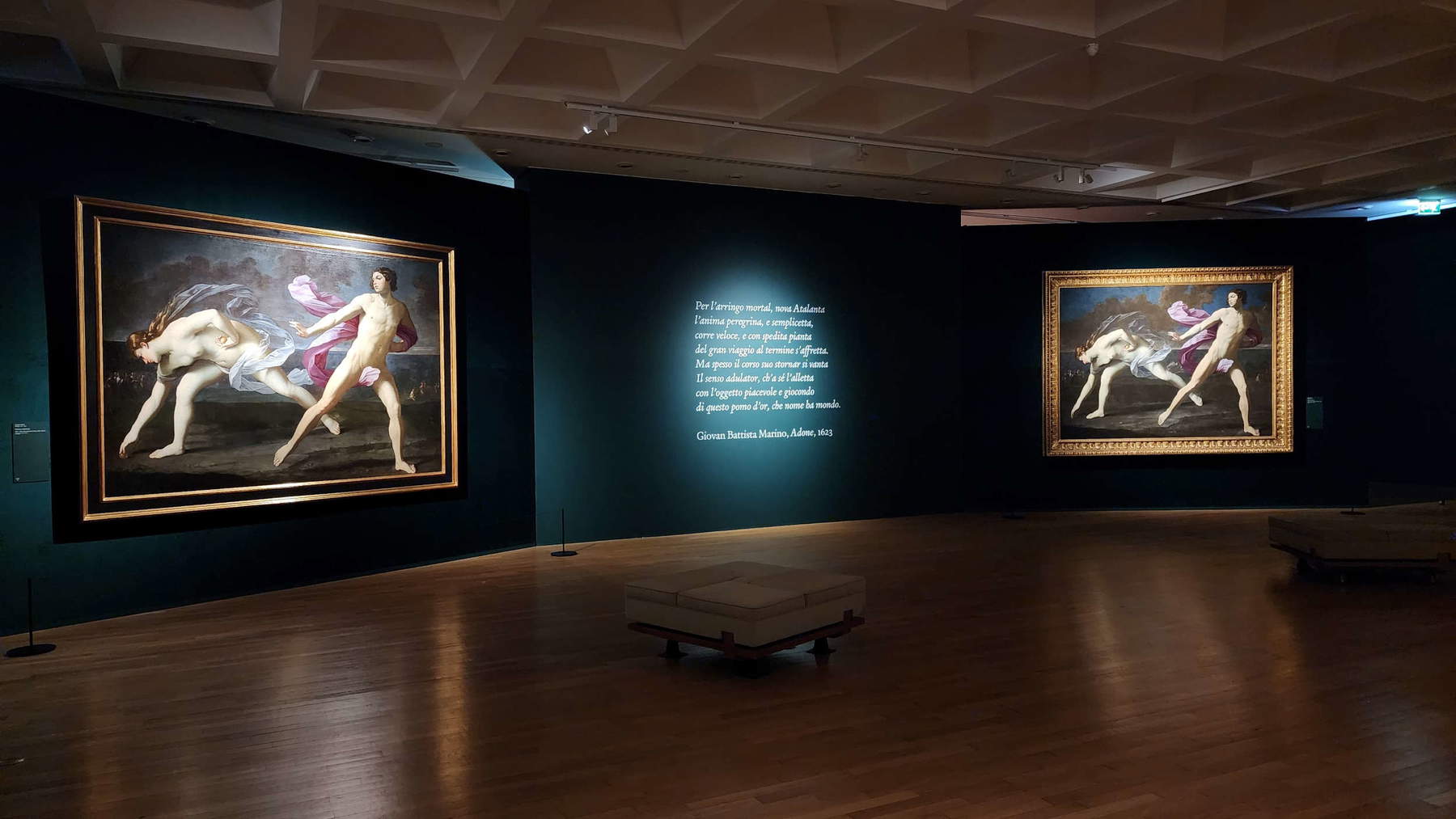
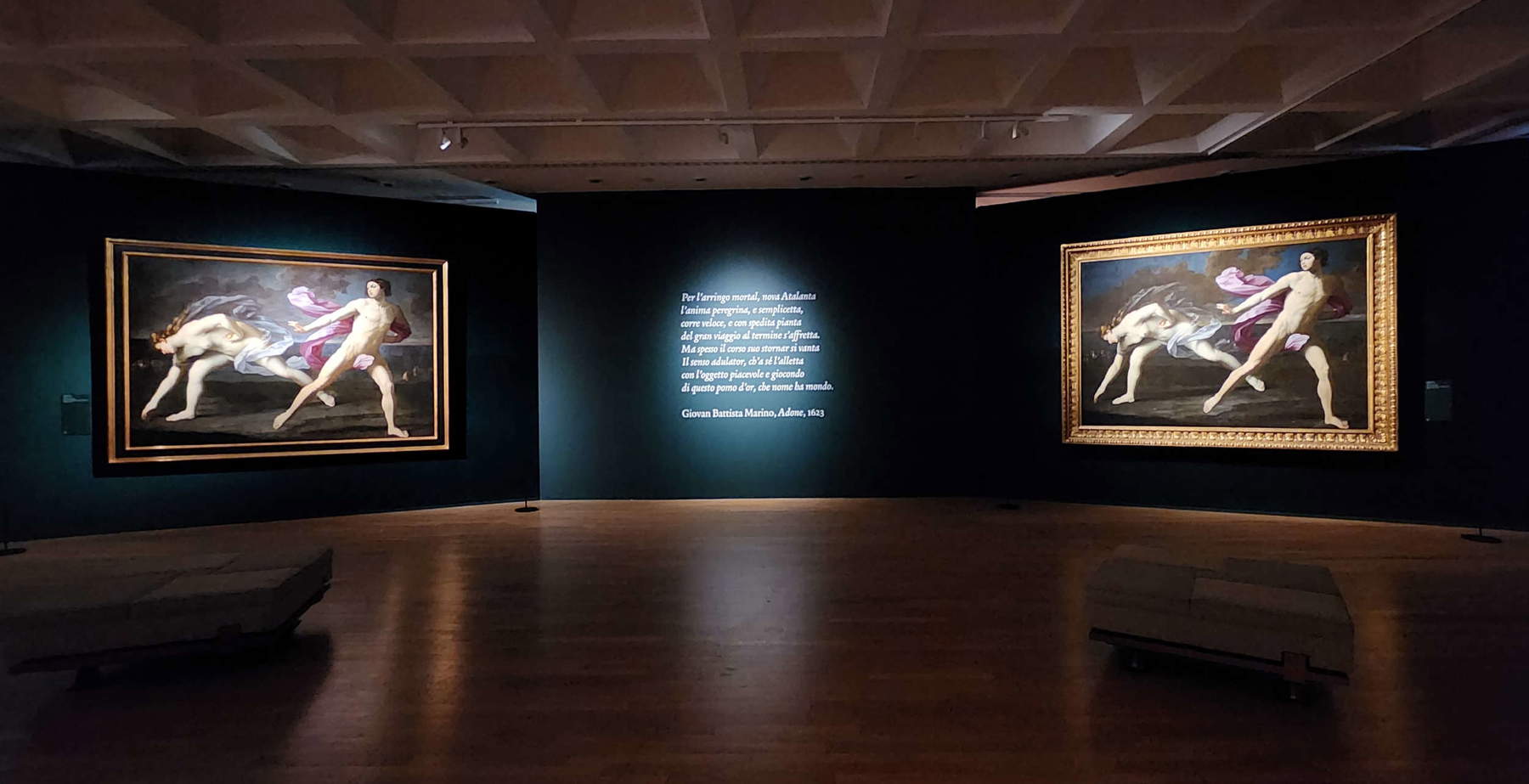
As you anticipated, a third version ofAtalanta that was originally planned for the exhibition has been discovered. Can you tell us more about the discovery? How did it end up not being exhibited?
The discovery of a third version of Guido Reni’sAtalanta and Hippomenes raises questions of great importance for studies on the artist. Recently found by Raffaella Morselli in a private collection, it was immediately considered an original because of its extraordinary pictorial quality, and was first presented in 2023 during the study conference on the occasion of the major exhibition on Reni organized at the Prado in Madrid by David Garcìa Cueto. The state of conservation is excellent. The lacquers and glazes are intact and the dimensions coincide almost exactly with the Neapolitan version. It differs, however, from the first two versions in the absence of the two groups of side figures, and diagnostic investigations have confirmed that they were never made, rather than removed at a later stage. Analysis has also revealed important details about the technique of execution. The textile support consists of two pieces of cloth sewn vertically, with a joint running across Atalanta’s thigh. In addition, dusting marks clearly emerge on Hippomenes’ right thigh, indicating the use of a preparatory cardboard or template, perhaps also employed for the other versions of the series. As for provenance, all that is known is that the painting belonged in the 19th century to Marquis Capomazza of Naples. In 1940, with the outbreak of war, the work was later transferred to a security depository organized by the Naples Superintendency, as attested by a tag affixed to the back of the canvas. This confirms that the painting already at that time enjoyed recognition of considerable historical and artistic value. The Bologna exhibition was conceived around the discovery of this third version, and its display would have been a central moment of the exhibition itinerary. But the timely discovery of a fourth version, at the Libourne Museum and currently undergoing restoration, has prompted us to be more cautious. We are waiting for the opportunity to have all four works in front of our eyes to reason about the complexity of Guido Reni’s atelier system, a topic also put back into the center of the debate by the last exhibition in Orleans.
Being a young art history scholar in Italy today presents constant confrontations but also opportunities. In your case, what complications have you encountered, and are you still encountering today, in your journey? What is the advice you feel you would give to someone who wants to pursue a career as an art historian?
The first problem for an art historian is really the contextualization of the word “young,” and it has to do with the discrepancy between age and academic employment. Often one is considered young despite a long course of study, prestigious degrees, and a substantial number of publications, because access to a stable position within the university occurs with a considerable delay with respect to the preparation already acquired, effectively increasing the average age of the researcher. Beyond the tenacity indispensable to face a path governed by an ever-increasing precariat, in my case the main complications concern the balance between research and motherhood. In Italy we are still far from a principle of equity on this issue, and I experienced it on my skin after the birth of my second child, when I had to choose not to take advantage of the career break for maternity leave in order not to lose some opportunities. This visualizes quite well the bottleneck that is created when trying to reconcile scientific research and family life, and the negative impact that, paradoxically, motherhood can have on the careers of us women. We know that often, after motherhood, many female researchers are forced to downsize or, in many cases, abandon, the academic path. Having chosen to stand alongside, on this path, colleagues who have broken down this stereotype before me gives a boost of optimism and confidence. Hence comes one of the pieces of advice for those who want to pursue this kind of career, to not see themselves as monads. Avoid seeing research exclusively as a personal experience, but to be integrated with social relationships and the ability to manage oneself. Working in groups, with people of different ages, specializations and backgrounds, helps to develop new ideas and approaches, and to create lasting trusting relationships. Another critical point concerns scientific production. The Italian competition system tends, thanks to the latest legal reforms, to privilege quantity at the expense of quality, thus favoring those who have a greater number of publications rather than those who have produced more in-depth and innovative research, albeit in smaller numbers. The virtuous examples of older colleagues communicate the idea that, for personal growth and to build a solid scholarly profile, it is essential to strike a balance between quantity and quality: while quantity remains a determining factor in advancing in academic competitions, quality defines a scholar’s worth. In the end, in the Bologna exhibition we chose the latter as the criterion over the former, with only 30 works: not a parade of paintings but a methodological weave that had to be put back on the stage.
Warning: the translation into English of the original Italian article was created using automatic tools. We undertake to review all articles, but we do not guarantee the total absence of inaccuracies in the translation due to the program. You can find the original by clicking on the ITA button. If you find any mistake,please contact us.





